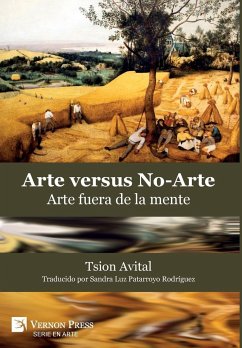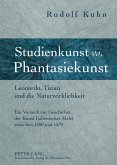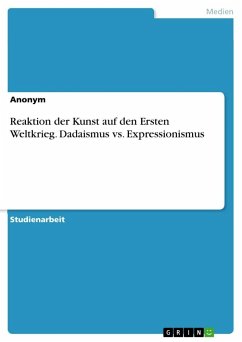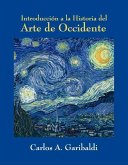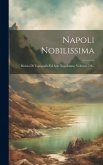En Arte Versus No- Arte: Arte Fuera de la Mente, Tsion Avital plantea la pregunta, ¿Es el arte moderno realmente arte? Él argumenta que todo el arte no-representacional que se ha producido en el siglo XX no ha sido arte, sino más bien la ruina de la tradición visual que le reemplazó. El arte moderno ha prosperado sobre la total confusión entre el arte y el seudo-arte y la inhabilidad de muchos de distinguir entre ambos. Tal como lo demuestra Avital, el arte moderno ha servido como una etapa intermedia entre el arte del pasado y el arte del futuro. Este libro propone una nueva forma de definir el arte, anclando la naturaleza del arte en la naturaleza de la mente, resolviendo así uno de los mayores problemas del arte y de la estética para los cuales hasta ahora no se ha dado aún una solución. La definición novedosa del arte propuesta en este libro, pavimenta el camino hacia un nuevo y promisorio paradigma para el futuro del arte.
Hinweis: Dieser Artikel kann nur an eine deutsche Lieferadresse ausgeliefert werden.
Hinweis: Dieser Artikel kann nur an eine deutsche Lieferadresse ausgeliefert werden.

